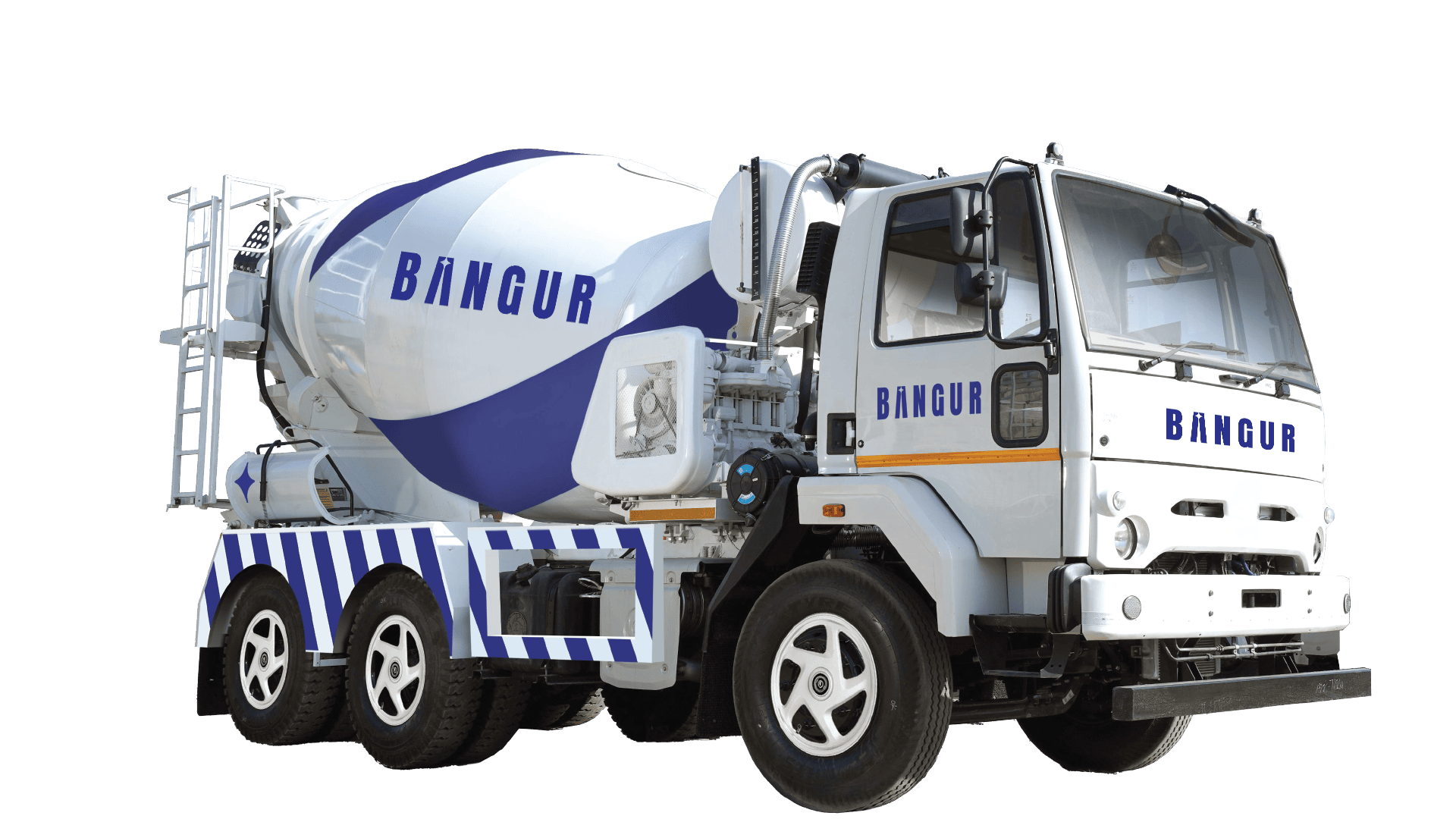
A Comprehensive Guide for Raft Foundations in Construction
- Sep 4
- 4 min read
A raft foundation, also referred to as a mat foundation, is a large, monolithic concrete slab that extends over the entire footprint of a structure. It functions as a unified load-distribution platform, transferring structural loads uniformly to the underlying soil. This foundation system is particularly effective in low-bearing capacity soils, such as clay or loose sand.
This guide provides a detailed overview of raft foundations, including the different types, their uses, and the key components involved in their construction, such as formwork and admixtures.
Why Are Raft Foundations Used?
Raft foundations are recommended by structural engineers under specific geotechnical and architectural conditions, including:
Inadequate Soil Bearing Capacity
When subgrade soils exhibit low strength, a raft foundation distributes loads over a broader area, thereby reducing contact pressure and enhancing stability.
Mitigation of Differential Settlement
In heterogeneous or compressible soils, raft foundations minimize differential settlement by maintaining structural rigidity and promoting uniform load transfer.
Accommodation of High Structural Loads
For buildings with substantial vertical loads—such as multi-storey towers or basement structures—individual footings may overlap or become uneconomical. A raft foundation offers a consolidated and efficient alternative.
Common Types of (Classification of) Raft Foundation
The type of raft foundation you should be using depends on the specific load conditions and structural requirements. Here’s a breakdown of the common types of raft foundation.
Flat Plate Mat: This is the simplest type of raft foundation. It is a solid slab of uniform thickness. It is suitable for buildings with small, evenly distributed loads from columns. This type of raft often functions as a large two-way slab.
Plate Thickened Under Columns: This is a variation of the flat plate mat. The slab has a uniform thickness, but it is made thicker under the columns to provide extra strength and resist the higher shear forces at these points.
Two-Way Beam and Slab Raft: This is a very rigid and strong design. It consists of a network of beams running in two directions, connecting the columns. A slab is then cast on top of these beams. This system is suitable for very heavy loads or large spans between columns.
Cellular Raft Foundation: This type consists of two concrete slabs, one at the top and one at the bottom, connected by internal cell walls. This creates a very stiff, hollow cellular structure, almost like a box. It is used for very heavy loads or on very loose, compressible soils.
Piled Raft Foundation: In situations with extremely poor soil conditions, a raft foundation is combined with piles. The piles are driven deep into the ground to reach a stronger soil layer, and the raft then rests on these piles. This system provides a very high load-bearing capacity.
The selection of raft foundation type is contingent upon structural loading, column layout, and soil characteristics. Common configurations include:
Type | Description | Application |
|---|---|---|
Flat Plate Mat | Uniform thickness slab without beams | Suitable for light to moderate loads with evenly spaced columns |
Plate Thickened Under Columns | Slab thickened locally beneath columns to resist shear and punching stresses | Used where concentrated loads occur |
Two-Way Beam and Slab Raft | Grid of beams in both directions with slab cast above | Ideal for heavy loads and wide column spacing |
Cellular Raft Foundation | Dual slabs (top and bottom) interconnected by internal walls forming a box-like structure | Applied in highly compressible soils or for extremely heavy structures |
Piled Raft Foundation | Combination of raft slab and deep foundation piles | Used in very poor soil conditions to transfer loads to deeper strata |
Key Components in Raft Construction
Building a Raft Foundation is no easy task. Several critical components are involved in the construction of a raft foundation.
Concrete
High-performance concrete of grade M25 or higher is typically specified to ensure adequate compressive strength and durability under load.
Formwork
Temporary structures (usually plywood, steel, or aluminum) used to mold and support the concrete until it gains sufficient strength. Formwork must be designed to withstand hydrostatic pressure and maintain dimensional accuracy.
Admixtures
Chemical additives incorporated into the concrete mix to enhance workability, control setting time, improve durability, and reduce permeability. Common admixtures include plasticizers, retarders, and waterproofing agents.
Frequently Asked Questions (FAQs)
Q1: What is a raft foundation?
A raft foundation is a continuous concrete slab that supports the entire structure by distributing loads over a large area, particularly effective in weak soil conditions.
Q2: What are admixtures in concrete?
Admixtures are chemical compounds added during mixing to modify concrete properties such as workability, setting time, and long-term durability.
Q3: Are formwork and shuttering the same?
While often used interchangeably, formwork refers to the complete temporary system supporting fresh concrete, whereas shuttering specifically denotes the surface material in direct contact with the concrete.
Q4: What is the difference between formwork and scaffolding?
Formwork: A mold used to shape and support concrete until it hardens.
Scaffolding: A temporary framework that provides access and working platforms for construction personnel and may also support formwork in elevated applications.


